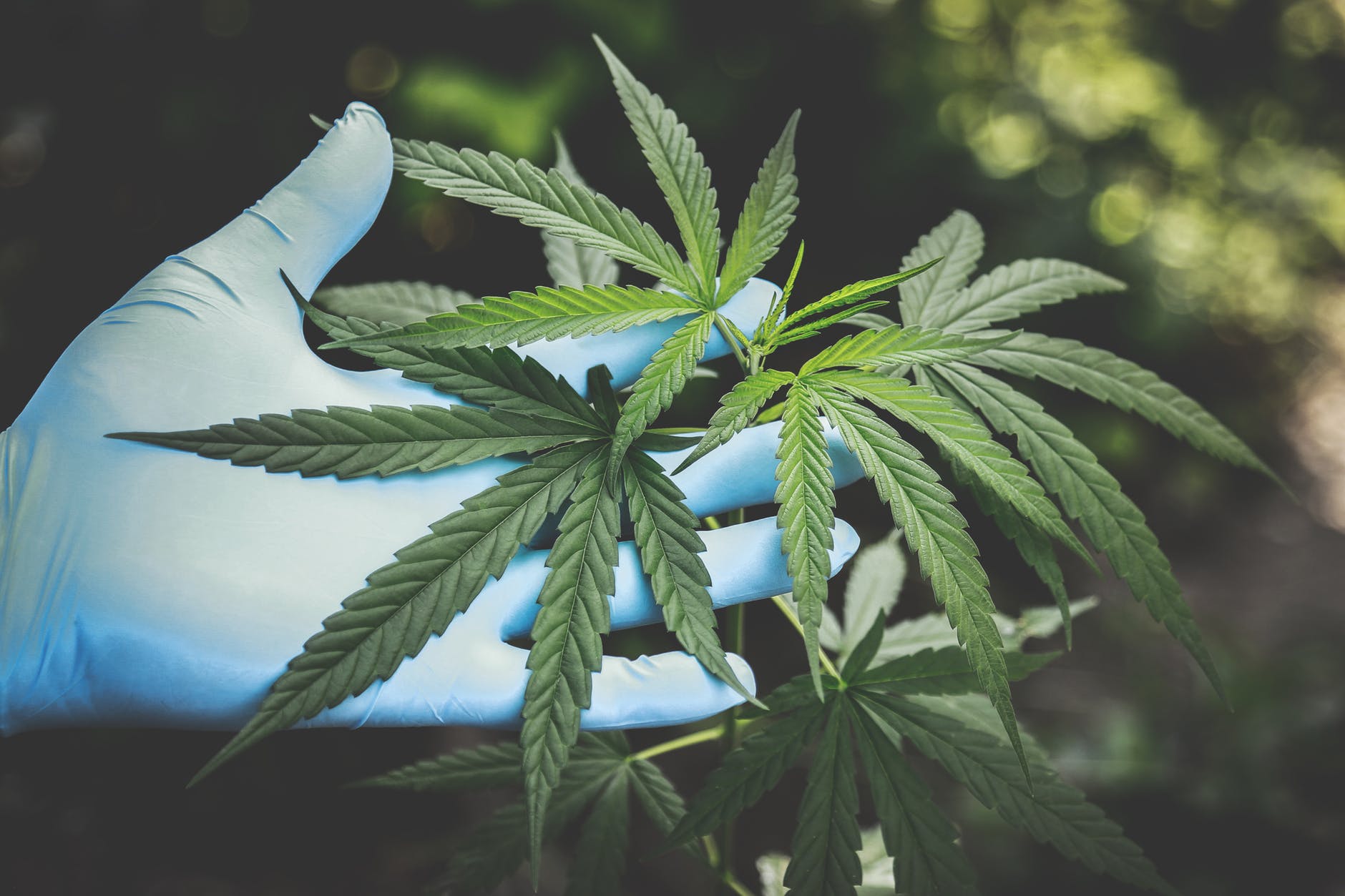With the COVID-19 pandemic, a spotlight has been shown on the obscure, but highly important field of life sciences translation. Many nations around the world are struggling to create a safe and effective vaccine to stem the transmission and ease the symptoms of the COVID-19 coronavirus.
Life sciences translation services play a vital role in this struggle. This highly-regulated field provides an effective means of communication between medical communities of different cultures speaking different languages. The need for accuracy in these communications is crucial.
This arcane field of translation services has been performing at a high level of competence as long as modern medicine has been a standardized industry. Medicines and medical services typically have been developed in one country, and once their effectiveness has been proven, other countries have rushed to embrace the innovations.
This means that each medicine or medical service has had to employ skilled writers to accurately convey the compounds and chemicals used in the medicine, and the concept and practice of the medical services. As modes of travel have advanced through the centuries, the world has become more globalized. Underdeveloped countries have looked to developed nations to provide them with the benefits of advanced medicines and medical practices.
Need for Stringent Regulation
With the health and safety of millions of lives hanging in the balance, doctors, pharmaceutical companies, and medical institutions all recognized the need for the accurate translation of their products and services into the world’s different languages. Life sciences translation became a specialized branch of the language translation services industry.
There are many guidelines, rules and templates that govern this branch of translation services to ensure standardization of terms and practices across the global medical field. And with the world-wide acceptance of certain medical dictionaries, encyclopedias and reference materials as the gold standard of medical information, this branch of translation services is focused on increasing its regulation capabilities and safety record.
Today, with the medical industry’s ever-expanding presence as a global enterprise and the growing emphasis on health and wellness as a basic human right, accurate life sciences translation services have become a well-respected and essential part of the global medical community.
Growth of Medical Tourism
These days, it is not uncommon to have a condition diagnosed in one country and be treated in another nation halfway around the world. Medical tourism is a valid, growing industry that adds significantly to the GDP of the countries who have made investments in the infrastructure to support it.
But along with the expanding growth of medical tourism, comes a need for accurate and timely translation services. Many doctors, clinics, hospitals pharmaceutical companies partner with life sciences translation services to provide crucial communication between the doctors who diagnose a patient’s condition and the medical services that treat it.
With the world’s medical borders become more transparent, life sciences translation services will experience a growing need. And people who enter this complex and difficult field will be entering a lifelong, rewarding career helping people to live their lives to the fullest.



